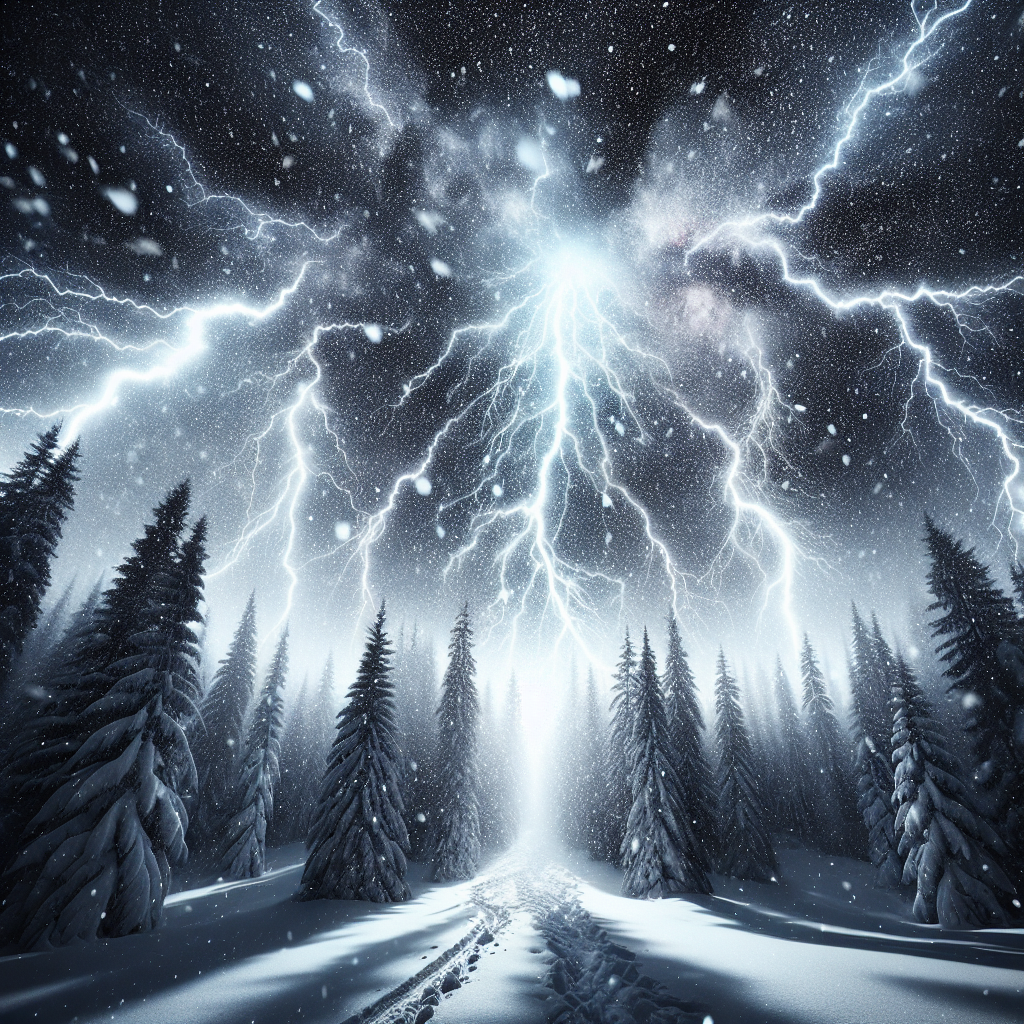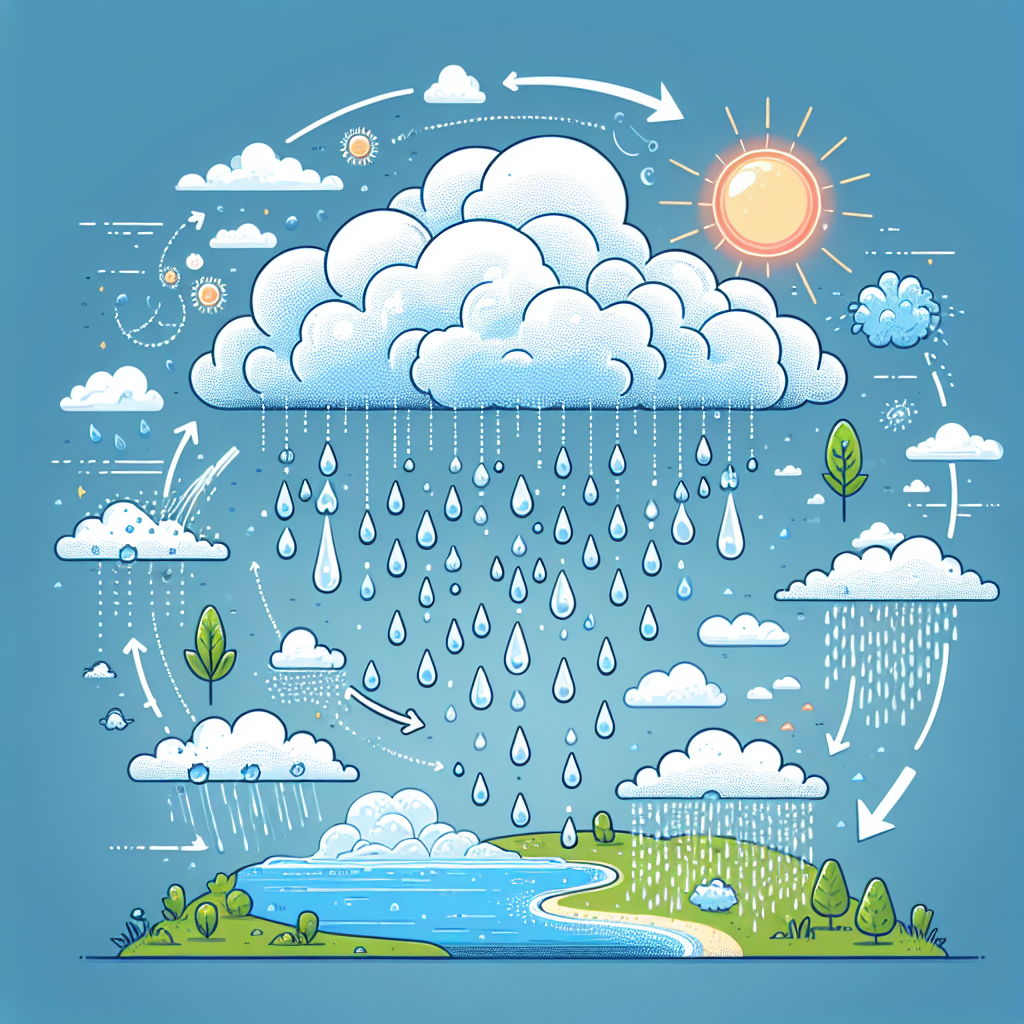Understanding Surface Weather Maps: A Comprehensive Guide
Surface weather maps are essential tools for meteorologists, pilots, sailors, farmers, and anyone interested in understanding and predicting short-term weather conditions. These maps provide a snapshot of the atmosphere at ground level, using standardized symbols and color-coding to convey a wealth of information. Understanding these symbols and patterns allows you to decipher the map and gain valuable insights into current and upcoming weather patterns. This guide will provide a comprehensive breakdown of the components of a surface weather map, enabling you to interpret them effectively.
Station Model: The Building Block
The heart of any surface weather map is the station model. This cluster of symbols and numbers represents the weather conditions at a specific location. Understanding the station model is paramount to reading the entire map.
Location: The station model is centered around a small circle that denotes the location of the reporting station (e.g., an airport or weather observation point).
Cloud Cover: The circle representing the station’s location is filled in to indicate the amount of cloud cover. A completely clear circle means clear skies, while a completely filled-in circle represents overcast conditions. Partial filling corresponds to scattered, broken, or partly cloudy conditions. Different conventions may use fractional indicators like eighths (e.g., 3/8 covered).
Temperature: The air temperature in degrees Fahrenheit (or Celsius, depending on the region) is located to the upper left of the station circle. This represents the current air temperature at the observation height (usually a few feet above the ground).
Dew Point: The dew point temperature, also in degrees Fahrenheit (or Celsius), is found to the lower left of the station circle. The dew point is the temperature to which the air must be cooled at constant pressure and water vapor content for saturation to occur. A high dew point indicates a higher moisture content in the air.
Wind Direction and Speed: Wind information is depicted by a wind barb extending from the station circle. The barb points in the direction from which the wind is blowing. For example, a barb pointing towards the right indicates a wind blowing from the east. The length of the barb and the presence of flags indicate the wind speed. A short barb represents 5 knots (nautical miles per hour), a long barb represents 10 knots, and a flag represents 50 knots. Wind speeds are often calculated by adding up the values of the barbs and flags. A pennant (a small triangle) is often used to indicate 50 knots. If there is no barb, the wind is calm.
Sea Level Pressure: The sea level pressure, reduced to sea level, is located to the upper right of the station circle. This value is reported in millibars (mb), but the decimal point is omitted. To obtain the actual sea level pressure, add either a “9” or a “10” to the beginning of the number and insert a decimal point before the last digit. For example, if the number is “123”, it could represent either 1012.3 mb or 912.3 mb. Generally, the value will be between 950 and 1050 mb.
Pressure Tendency: To the lower right of the station circle is a symbol and a number indicating the pressure tendency over the past three hours. The number represents the change in pressure in tenths of millibars. The symbol shows the characteristic of the pressure change (e.g., rising steadily, falling rapidly, or rising then falling). Different symbols represent different pressure behaviors.
Present Weather: Located to the left of the station model is a symbol representing the current weather conditions at the observation point. A wide variety of symbols are used to represent different types of precipitation (rain, snow, drizzle, etc.), fog, thunderstorms, and other weather phenomena. Official NOAA charts will contain a legend showing these symbols.
Fronts: Boundaries of Air Masses
Fronts are boundaries between air masses of different temperatures and moisture characteristics. They are depicted on surface weather maps with specific symbols and colors.
Cold Front: A cold front is represented by a blue line with triangles pointing in the direction of movement. Cold fronts typically bring cooler temperatures, drier air, and often showery precipitation. After a cold front passes, the wind usually shifts, and the pressure rises.
Warm Front: A warm front is depicted as a red line with semi-circles pointing in the direction of movement. Warm fronts usually bring warmer temperatures, higher humidity, and widespread precipitation. Wind shifts, and pressure typically falls ahead of a warm front.
Stationary Front: A stationary front is represented by alternating blue triangles and red semi-circles on opposite sides of the line. This indicates that the front is not moving significantly. Stationary fronts can bring prolonged periods of precipitation.
Occluded Front: An occluded front is depicted as a purple line with alternating triangles and semi-circles on the same side of the line. An occluded front forms when a cold front overtakes a warm front. They can bring complex weather patterns, including significant precipitation.
Dry Line: A dry line is represented by an orange line with semi-circles. It separates moist air from dry air. Dry lines are often found in the Southern Plains of the United States and can be a focus for severe thunderstorm development.
Isobars: Lines of Constant Pressure
Isobars are lines on a surface weather map that connect points of equal sea level pressure. They are typically drawn at intervals of 4 millibars. Isobars help to visualize pressure gradients, which are the driving force behind wind.
Closely Spaced Isobars: Closely spaced isobars indicate a strong pressure gradient and therefore stronger winds.
Widely Spaced Isobars: Widely spaced isobars indicate a weak pressure gradient and weaker winds.
High-Pressure Systems: High-pressure systems are areas of higher pressure relative to their surroundings. On a surface weather map, they are typically denoted by a capital “H”. Winds circulate clockwise around high-pressure systems in the Northern Hemisphere. High-pressure systems are often associated with clear skies and calm weather.
Low-Pressure Systems: Low-pressure systems are areas of lower pressure relative to their surroundings. On a surface weather map, they are typically denoted by a capital “L”. Winds circulate counter-clockwise around low-pressure systems in the Northern Hemisphere. Low-pressure systems are often associated with cloudy skies, precipitation, and stronger winds.
Other Important Features
Radar and Satellite Imagery: Modern surface weather maps often include radar and satellite imagery overlays to provide a more complete picture of current weather conditions. Radar shows areas of precipitation, while satellite imagery shows cloud cover and other atmospheric features.
Analysis Time: The map will always indicate the analysis time, which is the time at which the data was collected and the map was created. It is important to note the analysis time when interpreting the map, as weather conditions can change rapidly. The analysis time is usually in UTC (Coordinated Universal Time), sometimes referred to as Zulu time.
Geographic References: Understanding basic geography is crucial. Locate key landmarks, states, bodies of water, and geographical features to properly interpret weather patterns. Coastal areas, mountain ranges, and large bodies of water can significantly influence local weather conditions.
Understanding surface weather maps requires practice and familiarity with the symbols and patterns. By learning to interpret the station model, fronts, isobars, and other features, you can gain valuable insights into current and upcoming weather conditions and make informed decisions based on the information presented. Consult official NOAA websites for legend keys and the most accurate up-to-date forecasts.





